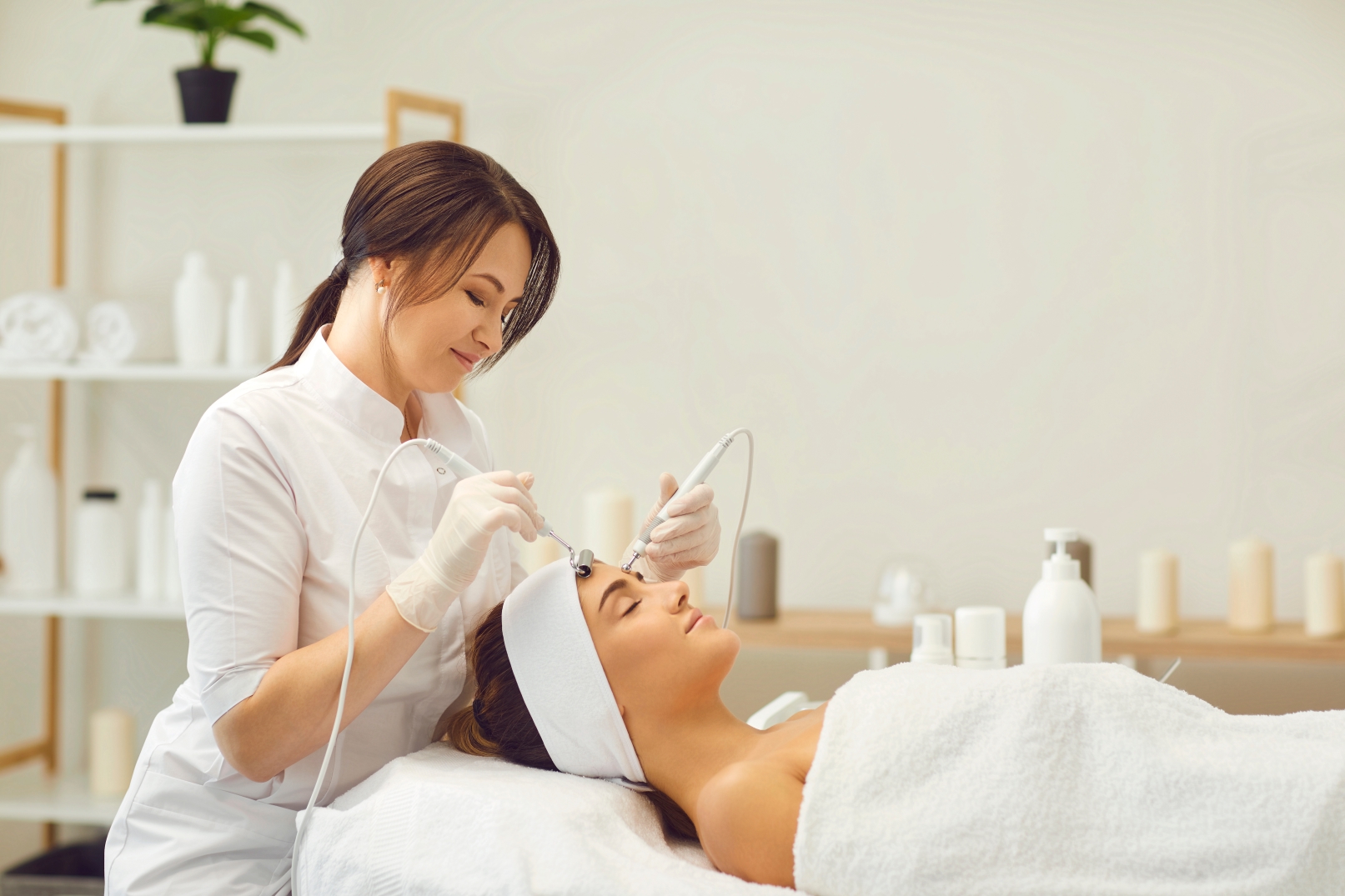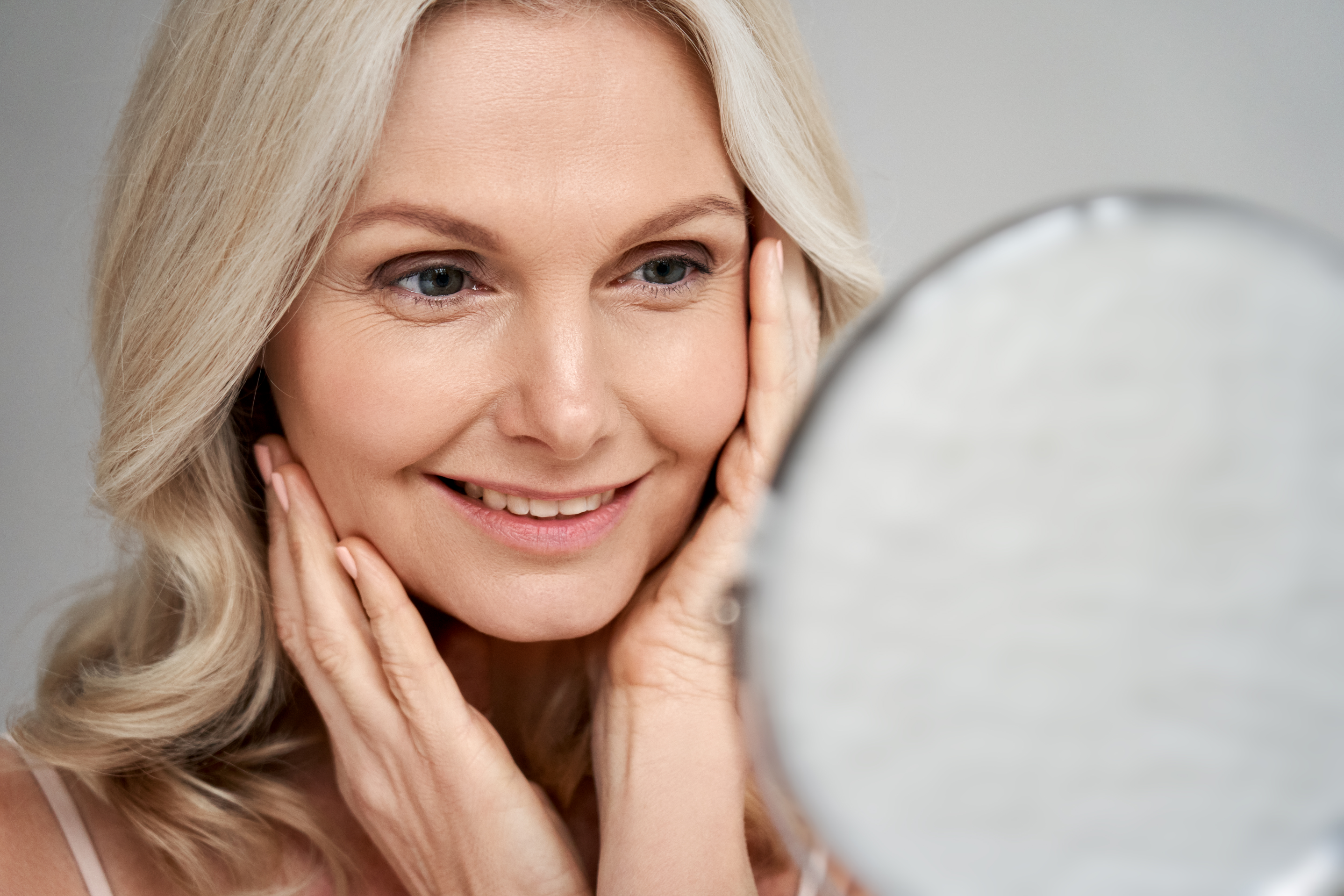Skin Care Basics

When it comes to skin care, I have learned that ‘buying expensive products’, does not always translate to ‘better for my skin’. With a variety of cosmetic products available, with good marketing and PR, terms like ‘anti-aging’ and ‘dewy’ used to excite me. I would spend a lot of money on products that sit on my dressing table collecting dust.
Out of frustration with my skin and lack of results, when I hit the big 3-0, I re-examined my skin care routine. I read various articles, studies and even watched youtube videos (shout out to Dr. Vanita Rattan, Dr. Fray and my recent favourites Dr. Maxfield and Dr. Shah) and I came up with my own routine based on my needs.
So here is my take on my favourite skin care products,
Sunscreen
Sunscreen protects you from the sun’s radiation, in particular UVA and UVB. UVA is responsible for premature ageing whilst UVB makes you burn.
The numerical value of SPF is the ability of the sunscreen to protect against UVB. In theory, the number is a multiplier of the duration you can stay in the sun without getting burned i.e., If your skin turns red whilst exposed to the sun for 10 minutes, applying an SPF 15 means you can stay outdoors for 150 minutes without getting burned (this is if other variables remain the same).
Sunscreen with SPF 15 blocks 93% of UVB, SPF 30 blocks 97% of UVB whilst SPF 50 blocks 98% of UVB. Wearing SPF30 or SPF50 has the same efficacy. However, to achieve the desired amount of SPF 30, you need to use a half a teaspoon of sunscreen on your face. In reality we under apply our sunscreen, therefore SPF50 is recommended.
When choosing a sunscreen, it should have a broad spectrum (UVA +UVB) cover and should be suited for your skin type i.e., mineral/physical sunscreen vs. chemical sunscreen
Chemical sunscreen absorbs radiation. The main ingredient to look for is avobenzone. It needs to be applied 30 minutes prior to sun exposure. Chemical sunscreens are recommended for acne prone skin.
Physical sunscreen sits on the skin and reflects radiation. Main ingredients to look for include zinc oxide and titanium dioxide which can give a white cast on applying. It provides instant protection and is recommended for skin of colour or people who are prone to hyperpigmentation.
Retinoids
Retinoids are used for acne treatments and its anti-ageing properties. It is a huge family of compounds that are Vitamin A derivatives.
Retinol is pure Vitamin A. It is converted to the active form of Retinoic Acid/Tretinoin by enzymes produced in our body. Retinoic acid works in your skin by, encouraging cell turnover and stimulating collagen. This softens fine lines, reduces acne and hyperpigmentation.
Retinoic acid/ tretinoin and Istreinoin (synthetic retinoic acid) are prescription only medications. It works faster as no conversion is needed. However, they have higher range of side effects and need to be monitored by a doctor/dermatologist.
Over the counter/cosmetic retinoids include products that contain retinoid esters, retinol and retinaldehyde. It is converted to retinoic acid at a cellular level.
![]()
![]()
![]()
Cosmetic retinoids take a little longer for results. These retinoids have varying degrees of efficacy, as they need to be converted along the way.
When starting retinoids, you should incorporate it into your skin care routine gradually. Start with a few days a week using small amounts then build up over the course of weeks/months. The gold standard is using it daily if your skin allows. You should also always apply retinoids at night.
It is recommended to avoid all retinoids in pregnancy or breast feeding.
Vitamin C
Vitamin C is an antioxidant. It neutralises free radicals which are produced by skin cells due to oxidative stress (i.e. pollution, smoking). Applied topically it protects against premature ageing, stimulates the production of collagen and evens skin tone.
Active Vitamin C (L- Ascorbic Acid) is highly unstable and oxidises easily. This reduces its efficacy, rendering it useless. Some products use stabilisers like ferulic acid to combat this process.
Inactive Vitamin C (i.e. products containing Sodium Ascorbyl Phosphate, Magnesium Ascorbyl Phosphate, Ascorbyl Glucoside) is more stable. They tend to penetrate the skin better and is activated on the skin. However, the concentration of Vitamin C available is less compared to its active counterpart. Products containing Magnesium Ascorbyl Phosphate are recommended for people who are prone to hyperpigmentation.
Vitamin C can be applied in the AM, before your sunscreen or in the PM. There is some debate about hyperpigmentation and applying Vitamin C in the AM. Some dermatologists feel that exposing Vitamin C to the sun can cause an oxidative process on the skin surface. This produces a thermal reaction which could lead to further hyperpigmentation, whilst others feel that applying sunscreen, after your Vitamin C would counteract this reaction.
Now with these building blocks you should be able construct your own skin care regime based on your skin needs and goals!
Remember, this is a guide, your skin care regime is not going to be the same as the next person. Choose products that suit you!
*This article not to be used as a substitute for medical advice. If you suffer from any dermatological conditions always consult a dermatologist before starting new treatments!
Stay safe and have a good week!


.jpg)


 by
by